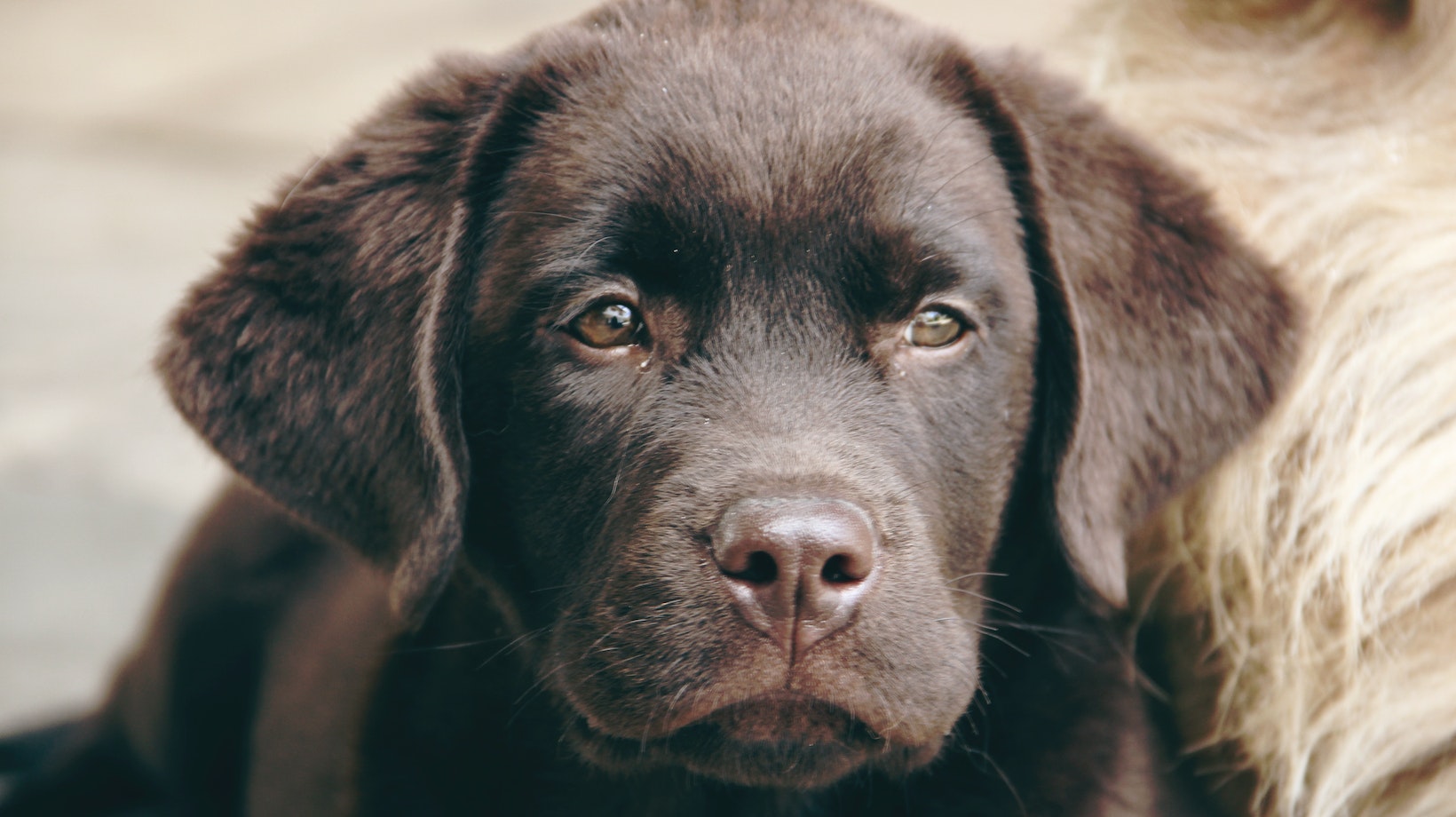How To Get My Dog To Stop Chewing
Are you tired of coming home to find your favorite pair of shoes chewed up by your furry friend? Well, I’ve been there too and I understand the frustration. Luckily, there are some effective strategies you can try to get your dog to stop chewing on everything in sight.
First and foremost, it’s important to understand why dogs chew. Chewing is a natural behavior for dogs, especially during their teething stage or when they’re feeling anxious or bored. To address this issue, make sure your pup has plenty of appropriate toys and chews that are specifically designed for them. By providing them with suitable alternatives, you can redirect their chewing behavior towards items that are acceptable.
Additionally, keeping an eye on your dog’s environment is crucial. Make sure to puppy-proof your home by removing any tempting objects that may be within reach.
Creating A Safe And Stimulating Environment To Stop Dog Chewing
- Provide Plenty of Exercise: A tired dog is less likely to engage in destructive chewing. Make sure your pup gets enough physical exercise through daily walks, play sessions, or even mental stimulation activities like puzzle toys or training exercises. Engaging their mind and body will help channel their energy into positive outlets.
- Use Chew Toys: Dogs have an innate need to chew, so it’s essential to provide them with appropriate chew toys. Opt for durable toys specifically designed for heavy chewers. Consider different textures and materials such as rubber, nylon, or natural bones that can help fulfill their chewing instinct without damaging your belongings.
- Puppy-Proof Your Home: Just like baby-proofing a house for infants, puppy-proofing is necessary to protect both your pet and your belongings. Remove any items that could be tempting targets for chewing, such as shoes, electrical cords, or household chemicals. Keep valuable objects out of reach until you’re confident in your dog’s ability to resist the urge to chew.
- Supervise and Redirect: When you can’t fully trust your dog unsupervised yet (especially puppies), keep them within eyesight or confined in a safe area using gates or crates when necessary. If you catch them attempting to chew on something inappropriate, calmly interrupt the behavior with a firm “no” and immediately redirect them towards an approved toy.
- Rotate Toys: To keep things interesting for your dog and prevent boredom from settling in, rotate their toy selection regularly. This helps maintain their curiosity and engagement, reducing the likelihood of them resorting to chewing out of sheer boredom.

Implementing Positive Reinforcement Training Techniques
- Identify the Root Cause: First and foremost, it’s crucial to determine why your dog is chewing inappropriately. Is it due to teething, boredom, anxiety, or simply a lack of appropriate chew toys? Understanding the underlying cause will help tailor your approach.
- Provide Appropriate Chew Toys: Ensure that your dog has access to a variety of safe and durable chew toys. Choose options specifically designed for their size, breed, and chewing style. Introduce these toys as an alternative to household items they may be tempted to chew on.
- Encourage Positive Associations: Make the chew toys more appealing by adding treats or smearing them with peanut butter or other tasty spreads. This creates a positive association with appropriate chewing behavior and reinforces their preference for designated items.
- Supervision and Management: When you cannot directly supervise your dog, consider confining them safely in a crate or secure area where they have access to their designated chew toys only. This prevents them from developing bad habits when left unsupervised.
- Consistency in Redirecting Behavior: Whenever you catch your dog engaging in inappropriate chewing behavior, redirect their attention towards an appropriate toy by using verbal cues such as “leave it” or “take this.” Reward them with praise or treats when they comply.
- Exercise and Mental Stimulation: Regular exercise and mental stimulation play a vital role in preventing excessive chewing due to boredom or pent-up energy. Engage your dog in interactive games like fetch or puzzle toys that require problem-solving skills.
- Seek Professional Help if Needed: If despite your best efforts the problem persists or escalates, it may be beneficial to consult a professional dog trainer or behaviorist. They can provide personalized guidance and develop a training plan tailored to your dog’s specific needs.
Remember, patience and consistency are key when implementing positive reinforcement techniques. With time and effort, you can effectively redirect your dog’s chewing instincts towards appropriate items and create a harmonious living environment for both of you.
Keywords: stop chewing, positive reinforcement training techniques, appropriate chew toys, positive associations, supervision and management, redirecting behavior, exercise and mental stimulation